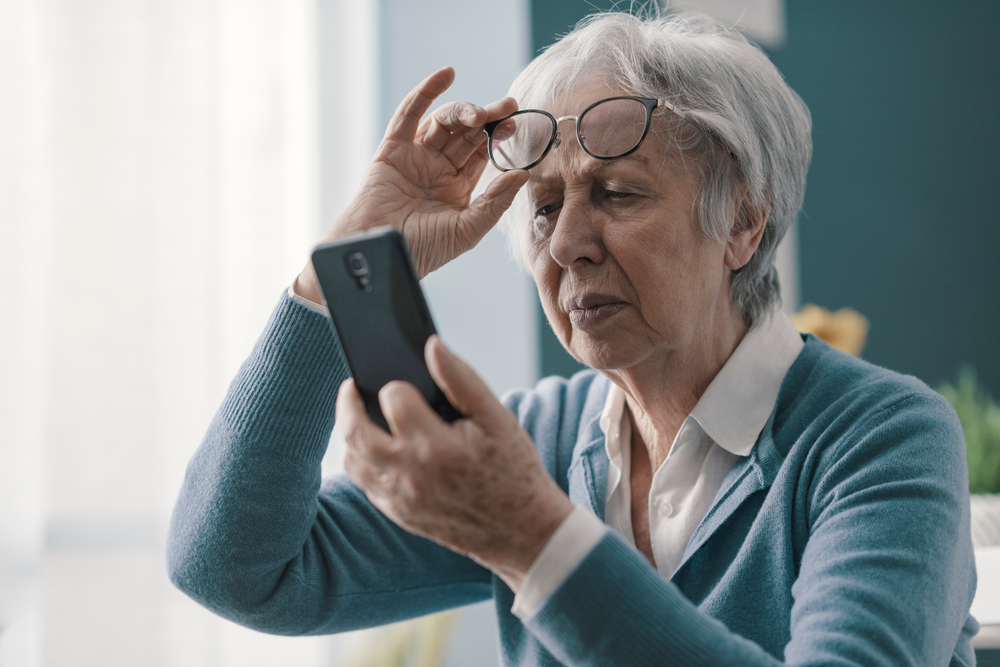What Are Common Eye Conditions in Seniors?
Blog:What Are Common Eye Conditions in Seniors?

What Are Common Eye Conditions in Seniors?
As we age, our eyes go through natural changes that can affect vision. For seniors, maintaining eye health is crucial for preserving independence and quality of life. At Texas State Optical Bulverde, we are committed to helping our senior patients protect their vision through regular eye exams and advanced treatments. Here’s a look at some of the most common eye conditions affecting seniors and how they can be managed.
Cataracts
Cataracts occur when the lens of the eye becomes cloudy, leading to blurred or dimmed vision. This is one of the most common eye conditions in older adults, often developing gradually over time. Early symptoms may include sensitivity to glare, difficulty seeing at night, or noticing halos around lights. Fortunately, cataract surgery is a highly effective solution, replacing the cloudy lens with a clear artificial one.
Glaucoma
Glaucoma is a group of diseases that damage the optic nerve, often due to high pressure in the eye. If left untreated, glaucoma can lead to permanent vision loss. The tricky part is that it often develops without noticeable symptoms in its early stages. Regular eye exams are essential for detecting glaucoma early, and treatments such as medicated eye drops, laser procedures, or surgery can help manage the condition and prevent further vision loss.
Age-Related Macular Degeneration (AMD)
AMD affects the macula, the central part of the retina responsible for clear central vision. This condition can lead to blurred or distorted vision and, in severe cases, a blind spot in the center of the visual field. There are two types: dry AMD, which progresses slowly, and wet AMD, which can cause rapid vision loss. While there is no cure for AMD, certain treatments like medications, laser therapy, and lifestyle changes (such as a healthy diet rich in eye-friendly nutrients) can help slow its progression.
Diabetic Retinopathy
For seniors with diabetes, diabetic retinopathy is a serious concern. High blood sugar levels can damage the blood vessels in the retina, leading to vision problems or even blindness. Symptoms may include floaters, blurred vision, or difficulty seeing at night. The best way to manage diabetic retinopathy is through blood sugar control and regular eye exams. In advanced cases, treatments like laser surgery or injections may be necessary to preserve vision.
Dry Eye Syndrome
As we age, our eyes may produce fewer tears or tears of lower quality, leading to dry eye syndrome. This can cause discomfort, a gritty sensation in the eyes, redness, or blurry vision. Dry eye is particularly common in seniors and can be exacerbated by certain medications or health conditions. Treatments include artificial tears, prescription eye drops, or advanced treatments like punctal plugs to improve tear retention.
Presbyopia
Presbyopia is the gradual loss of the eye’s ability to focus on close objects, typically beginning in the early to mid-40s. By the time we reach our senior years, it becomes more pronounced, making tasks like reading or using a smartphone more difficult. Reading glasses or multifocal lenses can help correct presbyopia and restore clear vision for near tasks.
Regular Eye Exams: The Key to Healthy Aging
The best way to protect your vision as you age is through regular comprehensive eye exams. Many common eye conditions, like glaucoma or diabetic retinopathy, develop without noticeable symptoms, making early detection critical for effective treatment. At Texas State Optical Bulverde, we offer senior-friendly care tailored to the unique needs of older adults.
If you’re experiencing any changes in your vision or it’s time for your routine eye exam, contact Texas State Optical Bulverde to maintain clear, healthy vision at every stage of life. Visit our office in Spring Branch, Texas, or call (830) 215-4540 to book an appointment today.


